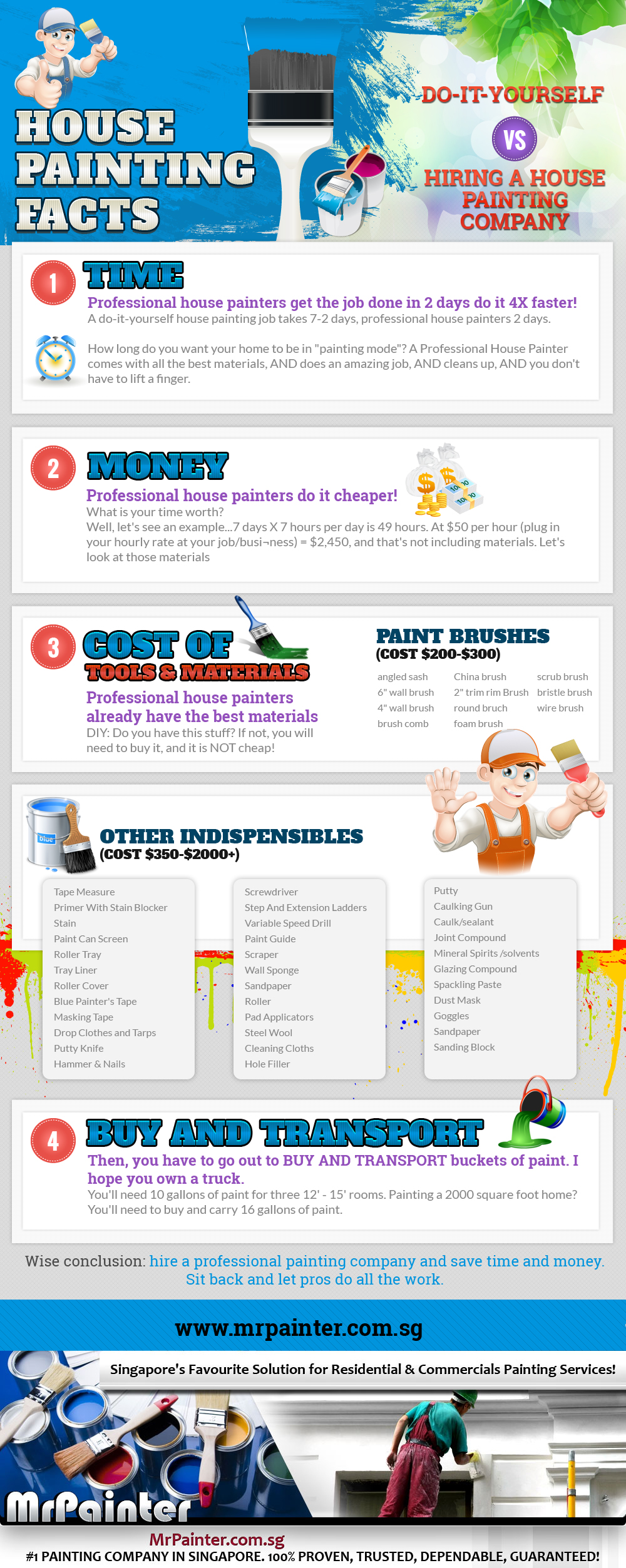Trick Seasonal Considerations For Commercial Outside Painting: What You Required To Be Enlightened About
Trick Seasonal Considerations For Commercial Outside Painting: What You Required To Be Enlightened About
Blog Article
Written By-Carlson Decker
When you're preparing an industrial exterior painting task, seasonal aspects can make or damage your outcomes. You'll wish to consider exactly how temperature and humidity effect paint application and drying out times. Selecting the right period can guarantee your paint adheres properly and lasts longer. Yet which seasons are absolutely the very best for this sort of work? Let's explore the crucial elements that can influence your task's success.
The Impact of Temperature Level on Paint Application
When you're preparing a business external painting task, the temperature level can dramatically affect just how well the paint adheres and dries.
Preferably, you want to paint when temperatures vary between 50 ° F and 85 ° F. If it's too cool, the paint may not cure appropriately, causing issues like peeling or fracturing.
On the flip side, if it's also warm, the paint can dry as well promptly, preventing proper adhesion and resulting in an unequal finish.
You ought to additionally think about the time of day; morning or late afternoon supplies cooler temperature levels, which can be a lot more desirable.
Constantly inspect the manufacturer's recommendations for the details paint you're using, as they frequently supply guidance on the suitable temperature level variety for optimum outcomes.
Humidity and Its Result on Drying Times
Temperature level isn't the only ecological factor that affects your industrial external paint project; moisture plays a significant duty too. High humidity levels can reduce drying out times drastically, affecting the general quality of your paint work.
When the air is saturated with dampness, the paint takes longer to heal, which can bring about issues like poor adhesion and a higher threat of mildew development. If you're painting on a specifically humid day, be gotten ready for extensive delay times between coats.
It's important to keep track of neighborhood weather conditions and plan accordingly. Ideally, go for moisture degrees between 40% and 70% for optimum drying.
Maintaining these factors in mind guarantees your job remains on track and provides a lasting coating.
Best Seasons for Commercial Exterior Painting Projects
What's the best time of year for your commercial outside painting jobs?
Springtime and early autumn are generally your best options. During these periods, temperatures are mild, and moisture levels are usually reduced, developing optimal conditions for paint application and drying.
Stay clear of summer's intense heat, which can cause paint to dry also promptly, leading to poor adhesion and coating. Similarly, wintertime's cool temperatures can hinder proper drying and curing, risking the durability of your paint task.
Go for please click the next website page with temperatures between 50 ° F and 85 ° F for optimal outcomes. https://www.housedigest.com/1028758/simple-tips-for-painting-over-rust/ in mind to inspect the neighborhood weather prediction for rainfall, as wet problems can destroy your job.
Planning around these factors ensures your painting project runs efficiently and lasts much longer.
Conclusion
In conclusion, planning your business exterior painting jobs around seasonal factors to consider can make a considerable difference in the end result. By organizing job during the excellent temperatures and humidity levels, you'll make certain much better bond and drying times. Remember to keep an eye on regional weather report and pick the correct time of year-- spring and early fall are your best options. Taking these actions will certainly assist you achieve a durable and specialist coating that lasts.
